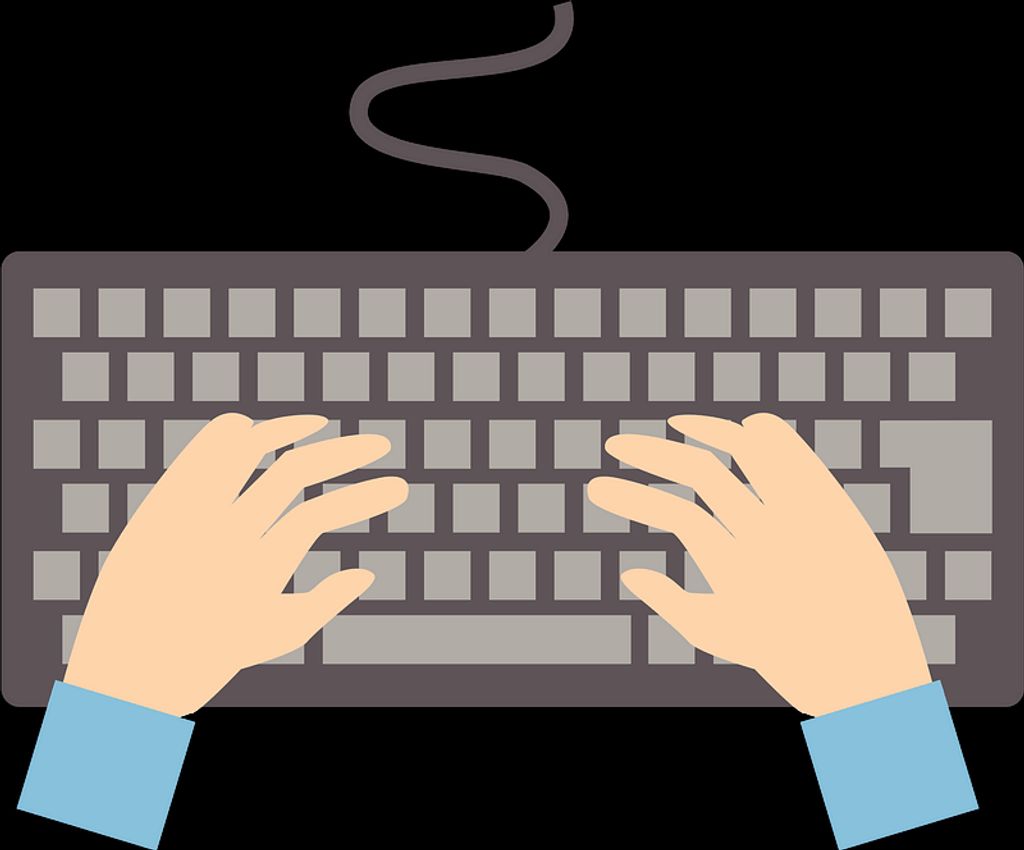
In today's fast-paced work environment, email communication plays a crucial role in office professionals' daily routines. However, managing emails efficiently can be challenging, leading to overload, miscommunication, and issues with email etiquette. To enhance email efficiency, professionals can focus on improving email organization and productivity, optimizing email writing and formatting, and streamlining email response and follow-up. By implementing these strategies, office professionals can effectively manage their email communication and ensure timely and clear exchanges. Here are the key takeaways from each section:

Email overload can be a major challenge for office professionals. With the constant influx of messages, it can be difficult to stay organized and prioritize tasks. To manage email overload effectively, it is important to implement strategies such as marking emails as spam, unsubscribing from unwanted mailing lists, and utilizing third-party tools. By taking these steps, professionals can streamline their inbox and focus on the most important messages.
Miscommunication can lead to misunderstandings and delays in email communication. It is important to be clear and concise in your messages to avoid any confusion. One way to improve communication is to use italics or bold to emphasize important points. Additionally, using a bulleted or numbered list can help organize information and make it easier to understand. For example:
When it comes to email etiquette, there are several important guidelines to follow. First and foremost, always be mindful of your tone and language. Remember that emails can easily be misinterpreted, so it's crucial to choose your words carefully. Additionally, be mindful of the recipient's time and keep your emails concise and to the point. Avoid rambling or including unnecessary information.
Another important aspect of email etiquette is to respond in a timely manner. Aim to reply to emails within 24 hours, especially if they require a response. If you need more time to gather information or provide a thorough response, acknowledge the email and let the sender know when they can expect a reply.
Lastly, be cautious when using email attachments. Only include attachments that are necessary and relevant to the email's content. If the file size is large, consider compressing it or using a file-sharing service instead.

An effective email folder structure is crucial for organizing your inbox and finding important emails quickly. Here are some tips to help you create a well-structured email folder system:
Tip: Avoid creating too many folders as it can become overwhelming and make it harder to find emails. Keep your folder structure simple and intuitive.
Remember, a well-organized email folder structure can save you time and improve your overall email productivity.
Email filters and rules are powerful tools that can help you manage your inbox more efficiently. By setting up filters and rules, you can automatically organize incoming emails, prioritize important messages, and reduce the clutter in your inbox. Here are some ways you can utilize email filters and rules:
By utilizing email filters and rules effectively, you can save time and stay organized in your email communication.
Implementing email templates can greatly improve efficiency and consistency in email communication. Email templates are pre-written messages that can be easily customized and reused for common types of emails. They save time and effort by eliminating the need to type the same content repeatedly. With email templates, office professionals can ensure that important information is included in every email and maintain a professional tone. Templates can be created for various purposes, such as responding to inquiries, sending meeting invitations, or providing updates. By using email templates, professionals can streamline their email writing process and enhance productivity.
Email shortcuts are a valuable tool for increasing productivity and efficiency. By memorizing a few key combinations, you can perform common actions with just a few keystrokes. Here are some essential email shortcuts to help streamline your email workflow:
These shortcuts can save you time and effort, allowing you to navigate through your inbox and respond to emails more quickly. By incorporating email shortcuts into your daily routine, you can become a more efficient email communicator.

When it comes to crafting clear and concise email messages, it is important to keep in mind the purpose of your communication. Highlighting the main points or key information can help ensure that your message is easily understood. Additionally, using subtle emphasis can draw attention to important details without overwhelming the reader. If you need to present structured, quantitative data, consider using a Markdown table to present the information in a succinct and organized manner. On the other hand, if you have less structured content such as steps or a series of related items, a bulleted or numbered list can help convey the information effectively.
When it comes to email subject lines, it is crucial to make them clear and concise. A well-crafted subject line helps recipients understand the purpose of the email and encourages them to open it. Here are some tips for creating effective email subject lines:
Tip: Avoid using vague or generic subject lines, as they may get overlooked or mistaken for spam.
Remember, the subject line is the first thing recipients see, so make sure it accurately represents the content of the email and entices them to open it.
When it comes to formatting emails for readability, it's important to consider the use of bold and italics to emphasize key points and add subtle emphasis. However, it's crucial not to overuse these formatting options as it can make the email appear cluttered and difficult to read.
In addition to formatting, it's also helpful to present information in a structured manner. For presenting structured, quantitative data, implementing a Markdown table can be an effective way to convey information succinctly. Ensure that the table is properly formatted in Markdown to maintain readability.
On the other hand, for less structured content such as steps, qualitative points, or a series of related items, using a bulleted or numbered list can help organize the information and make it easier to follow.
Remember, the goal of formatting emails for readability is to enhance the recipient's understanding and make the email easy to navigate. By using appropriate formatting techniques and presenting information in a structured manner, you can ensure that your emails are clear, concise, and easily digestible.
When it comes to email communication, there are several common mistakes that office professionals should avoid. One important aspect is to ensure that the email content is clear and concise. Avoid using jargon or technical terms that may confuse the recipient. It is also essential to use proper email subject lines that accurately reflect the content of the email. This helps the recipient understand the purpose of the email at a glance.
Another common mistake is formatting emails in a way that makes them difficult to read. Use paragraphs and bullet points to break up the text and make it more scannable. Additionally, avoid using excessive formatting, such as multiple font styles or colors, as it can make the email appear unprofessional.
Lastly, it is crucial to double-check the email before sending it. Proofread for spelling and grammar errors to ensure that the message is clear and professional. Taking a few extra minutes to review the email can help avoid embarrassing mistakes and miscommunication.

When it comes to managing your email responses effectively, setting priorities is crucial. By prioritizing your emails, you can ensure that important messages are addressed promptly and efficiently. Here are some tips to help you set priorities:
Tip: Create a system for categorizing emails based on their priority level, such as using labels or color-coding. This can help you quickly identify and respond to high-priority emails.
By setting priorities for your email responses, you can ensure that you are effectively managing your inbox and addressing important messages in a timely manner.
After sending an email, it is important to follow up to ensure that your message has been received and addressed. Follow-up emails serve as reminders and can help keep the conversation moving forward. Here are some tips for managing email follow-up:
Remember, effective email follow-up can help ensure that important tasks and conversations are not overlooked or forgotten.
Email scheduling is a valuable feature that allows office professionals to compose emails in advance and have them sent at a later time. This can be particularly useful when working across different time zones or when trying to manage a busy schedule. By utilizing email scheduling, professionals can ensure that their messages are delivered at the most appropriate time, increasing the likelihood of a prompt response.
Automating email responses can greatly improve efficiency and save time for office professionals. By setting up automatic email replies, professionals can ensure that important messages are acknowledged and responded to in a timely manner, even when they are unable to personally attend to their emails. This feature is especially useful for managing high volumes of incoming emails or when professionals are out of the office. Additionally, automating email responses can help maintain professionalism and consistency in communication.
In conclusion, enhancing email efficiency is crucial for office professionals to improve productivity and streamline communication. By implementing strategies such as organizing emails, setting clear expectations, and utilizing email management tools, professionals can effectively manage their inbox and reduce email overload. Additionally, adopting email etiquette and practicing mindful email habits can contribute to better communication and collaboration within the office. With these techniques, professionals can save time, reduce stress, and focus on more important tasks, ultimately leading to increased efficiency and success in the workplace.
To manage email overload, you can prioritize your emails, set aside dedicated time for email management, and utilize email filters and rules to automatically organize incoming messages.
To avoid miscommunication in emails, it's important to be clear and concise in your messages, use proper grammar and punctuation, and double-check the content before sending.
Some best practices for email etiquette include using a professional tone, being respectful and polite, avoiding excessive use of capital letters or exclamation marks, and responding promptly to emails.
To create an effective email folder structure, you can categorize your emails based on different projects, clients, or topics, and create subfolders within each category to further organize your messages.
Email filters are rules that you can set up in your email client to automatically sort incoming messages into specific folders based on criteria such as sender, subject, or keywords. By using email filters, you can save time and keep your inbox organized.
Email templates can improve productivity by allowing you to save and reuse pre-written messages for common situations, such as requesting information, providing updates, or sending meeting invitations. This saves time and ensures consistency in your communication.